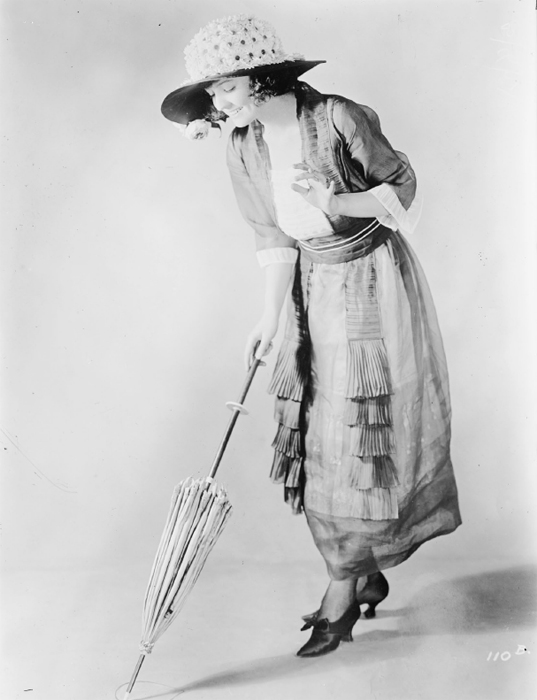
A suntan has long been a sign of social status. Historically, darker-skinned people were viewed as members of the lower class, while those with fair skin were perceived to be wealthy, with excessive time for leisure. After Coco Chanel returned from the French Riviera with a suntan in the 1920s, however, tanning became the vogue and remained so until the late 1970s, when the dangers of excessive exposure to the sun were recognized.
The greatest of these risks are skin cancers—now the most common of all cancers, accounting for 2–3 million new cases globally each year. Although less common than other skin cancers, melanoma is the most dangerous. Annually, it is responsible for some 130,000 new cases of skin cancer worldwide and three-quarters of all skin cancer deaths, numbering about 50,000. Incidence of skin cancer is expected to rise with depletion of the ozone layer and increased exposure to ultraviolet radiation (UVR).
UVR is divided into two major bands: UVA and UVB, the latter of which is responsible for burning and inducing skin cancer. More recently, it has been recognized that UVA exposure, which penetrates into deeper layers of skin, may not only increase the carcinogenic effects of UVB but may itself cause skin cancer, as well as premature skin aging.
Sunscreens have sun protection factor (SPF) ratings, which, to date, have only reflected protection against UVB. Under ideal sunscreen application conditions (rarely achieved in practice), SPF ratings of 15 block 93 percent of UVB, while SPF 30 ratings block 97 percent. Although UVA protection has not traditionally been considered in SPF, new rules effective in 2012 in the United States mandate that products claiming to be “broad spectrum” provide equal protection against UVB and UVA, and that only those with SPF 15 or higher can claim protection against skin cancer and premature skin aging.
Sunscreens, usually containing a mixture of ingredients, are of two major types: chemical sunscreens that absorb UVR transmission and thereby block its transmission to the skin, and physical sunscreens (e.g., zinc oxide and titanium dioxide), which act by reflecting and scattering UVR and protect against UVB and UVA. Regrettably, there is no international agreement regarding acceptable active ingredients in sunscreens and their concentrations.

Doris Kenyon (1897–1979) was a popular actress starring in some sixty silent and sound movies between 1915 and 1939. Kenyon’s pale look was considered in vogue until the 1920s, when being tan became all the rage. The use of sunscreens is now a health issue and not a fashion statement.